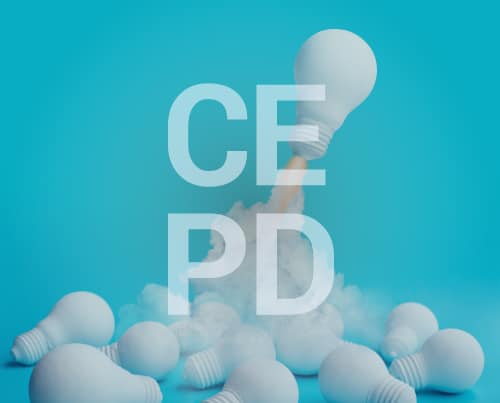Blog Post Heading
Blog Post Content
By Sara Spangenberg
Editor, MindEdge Learning
Creative projects are a balancing game.
We all want to put out the best possible product, but we also have deadlines to meet, parameters to satisfy, and our own peace of mind to look after.
A quick Google search generates a plethora of opinions on how to come up with ideas—your first idea is your best one, your last idea is your best one, brainstorming should always be done alone, brainstorming should always be collaborative. The list goes on and on, and we’re left thinking: sure, brainstorming is great for coming up with ideas. But what makes an idea the best idea? And how do you know when to stop brainstorming and just get going with the project?
Truth be told, there is no such thing as the perfect idea. There is just the idea that best serves your current needs. Every single project, no matter how small, will have different needs and motivations to consider. Trying to define what makes an idea the “best idea” simply won’t work in the vast majority of cases.
If we accept that every project is different and that there is no concrete definition for “best idea,” then we need some criteria to help us brainstorm more effectively and realize when we have reached a stopping point. For the most part, we can consider three factors and use them to determine when we are done brainstorming—so we can finally get started on the project, already.
Think about the following parameters. Which is more important for this particular project—efficiency or creativity? Or have you reached the point where you need to prioritize your own peace of mind?
Efficiency
Let’s face it: sometimes, we just have to put our noses to the grindstone and get a project done.
If you are working on an extremely tight deadline, that doesn’t necessarily mean that you can’t spend any time considering different creative ideas. But it does mean that you’ll need to put a hard cap on when you stop thinking and start working. Have a brainstorming session, and once an idea fits the parameters you are working within, start the project.
When efficiency is the number-one priority, an idea that fits all of the needed criteria is the best one.
Creativity
On the other hand, we sometimes end up with looser or nonexistent timelines that simply ask us to find the best idea, without giving us a hard deadline to meet. These cases are often the ones where brainstorming can get carried away.
To narrow down ideas when you have full creative freedom, use a categorization method. My personal favorite is the “Four Categories” method, which measures ideas based on their relative feasibility. The four categories are most rational, most delightful, darling, and long shot. Consider which ideas make the most rational sense, which ones delight you the most, which ones you just can’t let go of, and which ones probably aren’t likely. From there, you can pick your favorite.
When prioritizing creativity, choose the ideas that excite you.
Peace of Mind
Finally, there are times when we just have to take matters into our own hands to keep ourselves from becoming totally overwhelmed. Once a project is keeping you up at night or making you irritated just to think about it, the brainstorming process has gone too far. If you find yourself angry and frustrated over the ideas you are—or aren’t—coming up with, take a step back.
Get some distance for a day or a week, have a trusted colleague take a look, or maybe go for a walk or meditate. Then, if no new ideas occur to you, revisit the imperfect ones that you came up with previously and choose the most effective.
With enough elbow grease, any idea can be the one that will work—as long as you don’t burn yourself out trying to find the perfect solution.
For a complete listing of Mindedge’s course offerings on Creativity & Innovation, click here.
Copyright © 2023 MindEdge, Inc.
